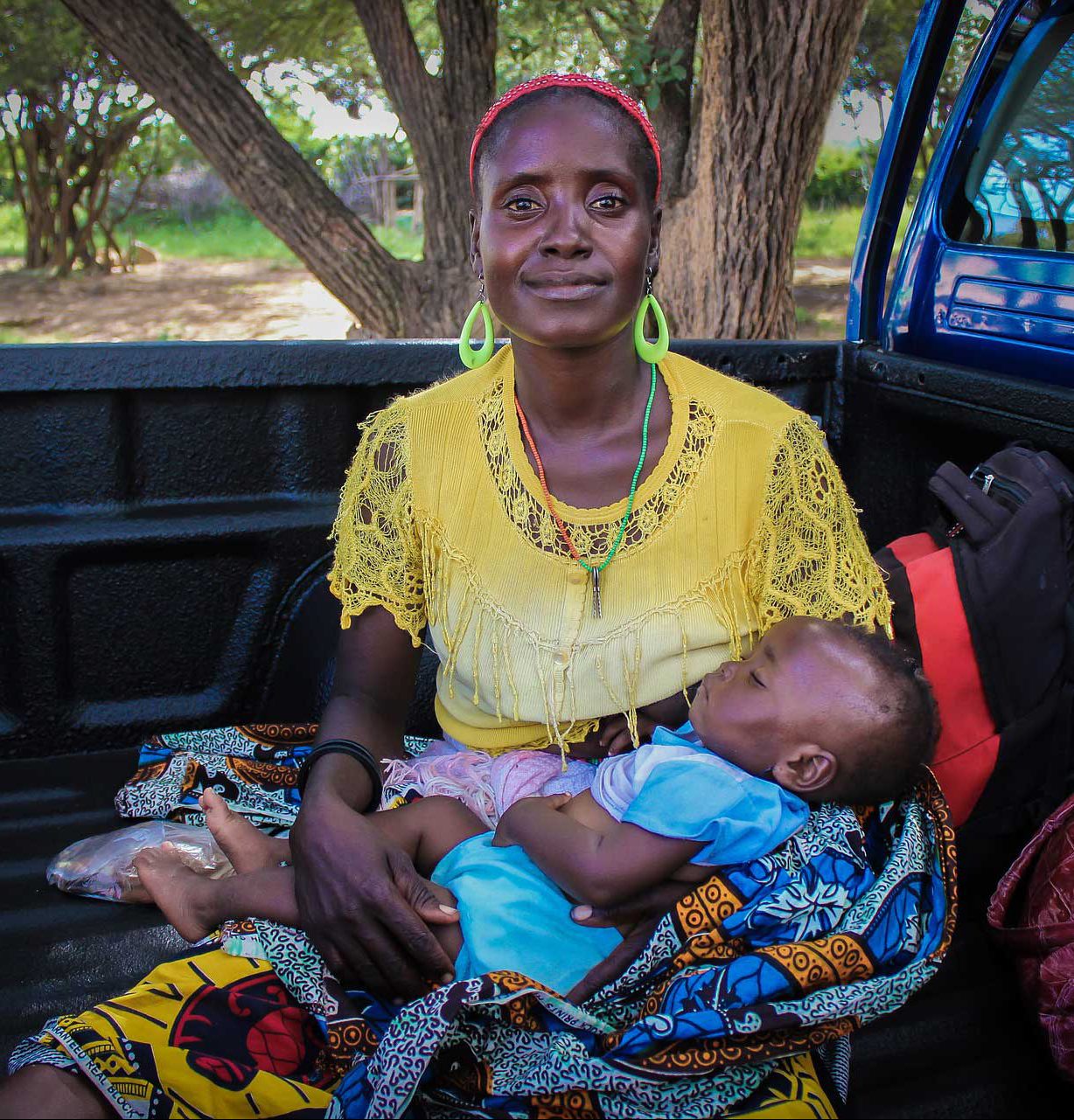High-resolution population estimates
Demographic data is key to impactful operational work and sustainable planning. It provides a wide range of information on population including size, age, density and location. This data helps governments and society to best respond to populations’ needs and monitor population changes. In some countries, however, traditional population data sources can be outdated or incomplete, due to lack of infrastructure, capacity or financial resources. To provide countries with accurate and relevant high-resolution population data, GRID3 uses two complementary pathways: assistance in the generation and utilisation of high-resolution population and housing census data, and population modelling, which provides gridded population estimates. GRID3 uses two methods to produce gridded population data, depending on country needs: the bottom-up and top-down approaches.
“Local level population data can be incredibly important for a number of different applications. For example allocating resources appropriately across a large population, for planning vaccination campaigns, ensuring that enough vaccines go into each of the locations in the campaign.”
Claire Dooley, Researcher, WorldPop
Bottom-up modelling approach

Why it matters: consistently updated population data is crucial
Population and housing censuses are the most important resource to produce accurate population data at the national and sub-national level. A census does not only count people, it can also measure fertility, mortality and movement, helping to predict demographic trends. It can uncover inequalities in employment, education and wealth. Censuses provide fundamental data for many applications, such as planning of services, responses to disaster or election planning.
However, cases where inaccessibility or insecurity don’t allow for census data to be collected or occasions that require preliminary population estimates immediately, have motivated researchers to develop new methods for modeling population that are fast, resource-efficient and do not necessarily rely on census data.
Our Solution: the bottom-up modelling approach
To produce accurate, timely, high-resolution population data, GRID3 develops country-specific “bottom-up” models to estimate populations (explained here). This work is led by GRID3 partner WorldPop. The new approach combines data from localised population counts with satellite imagery into a statistical model that creates gridded population estimates at a 100x100m resolution (see graph below). By matching data from satellites to data that’s verified on the ground through a microcensus (a microcensus being a set of complete population counts collected within small areas that are sampled from across a country), GRID3 can use that information in our model to estimate population data for areas that have not had a microcensus.
GRID3 uses a Bayesian approach, which allows us to both predict gridded population estimates, and provide the uncertainty surrounding that prediction to help make better-informed decisions.
Gridded population estimates at 100x100m resolution are particularly useful as they provide decision-makers and data users with the flexibility to aggregate population estimates into different units in existing enumeration areas or a custom size space. They can be aggregated over various levels of administrative units, but also over areal units that don’t follow administrative boundaries, such as a hospital catchment area. In addition, grid cells facilitate the integration of various datasets into the model, providing a consistent framework to work with, and eliminating the impact of inaccuracies in boundary data that can affect the statistical model.
Population modelling can provide more regularly updated population estimates, complementing a decadal population census. Modelling can also fill in data gaps for inaccessible areas. This bottom-up approach does not, however, replace the need for a full census, which usually includes a more precise collection of demographics and socioeconomics, as well as a housing census.
Top-down approach

Why it matters
The top-down approach increases usability of existing census data. Once a census is performed, it provides a count of everyone in the country. The spatial detail of census data can be as precise as geo-located household level.
Census data is typically aggregated and released at various administrative levels. The boundaries of administrative units, however, are sometimes not conducive to planning. By disaggregating census data into 100x100m grid cells, population estimates can be calculated and analysed over the exact area needed and enhance the usability of census data. For example, it can help with planning the locations of schools or hospitals, or with ensuring that all women have access to maternal health.
Our solution: The top-down approach
Census data are typically released as administrative unit totals. The size of these units and administrative unit level at which the census data are shared varies between countries. Some national statistical agencies can publish very detailed data whilst others are very generalised (the totals are presented in just a few large administrative units).
Census data as administrative unit totals, particularly when very generalised, can be disaggregated to grid cell level, for example at approximately 100x100m, through statistical modelling techniques or area-based calculations developed by GRID3 partner WorldPop. Our statistical modelling techniques are based on the assessment of the relationship between geospatial covariates and population density, while the area-based method distributes the total population evenly either within the corresponding administrative unit or across its building footprints when available.
Using high-quality, recent census data, the top-down approach provides detailed and valuable representations of the spatial distribution of human populations. However, it is important to note that this data is only as good as the census data on which it is based.

